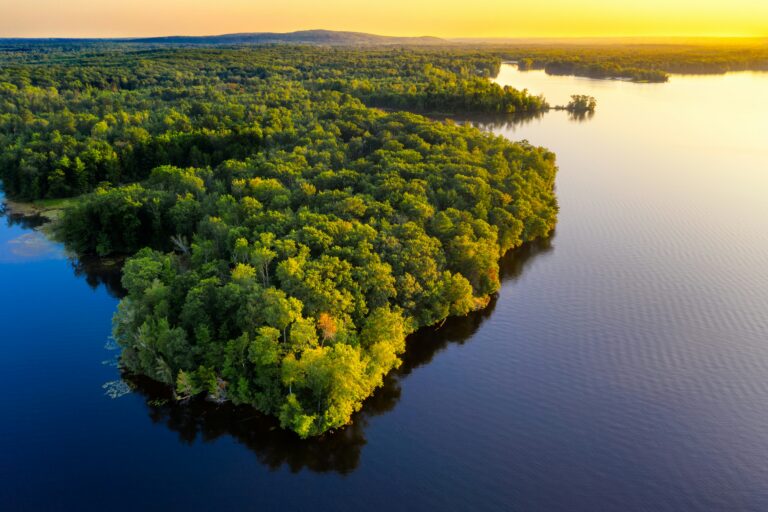Imagine waking up in the middle of one of the hottest deserts in the world, where sand dunes stretch endlessly under a blazing sun, only to find the golden expanse blanketed in white snow. This is no fairy tale; it happened in Saudi Arabia’s Al-Jawf region in November 2024, marking the first recorded snowfall in this part of the world. While this rare and breathtaking phenomenon captivated global attention, it also raised important questions about our planet’s shifting climate and humanity’s role in shaping it.
In this article, we’ll explore the science behind this extraordinary event, its implications for global climate patterns, and the lessons it teaches us about observing and protecting our fragile environment.
What is the Fascination?
The fascination with Saudi Arabia’s snowfall stems from several factors:
- Rarity: Snow in the desert is an uncommon phenomenon, making it an instant global talking point. The sheer contrast of white snow against golden dunes is visually captivating.
- Surprise Element: For many, the idea of snow in one of the world’s hottest regions defies expectations, adding an element of wonder and curiosity.
- Symbolism: The event symbolizes nature’s unpredictability and serves as a stark reminder of the changing climate. It became a trending topic on social media, where people shared awe and concern in equal measure.
Global Perspective: International news outlets covered the event extensively, with some marveling at its beauty and others using it as a springboard to discuss climate change.
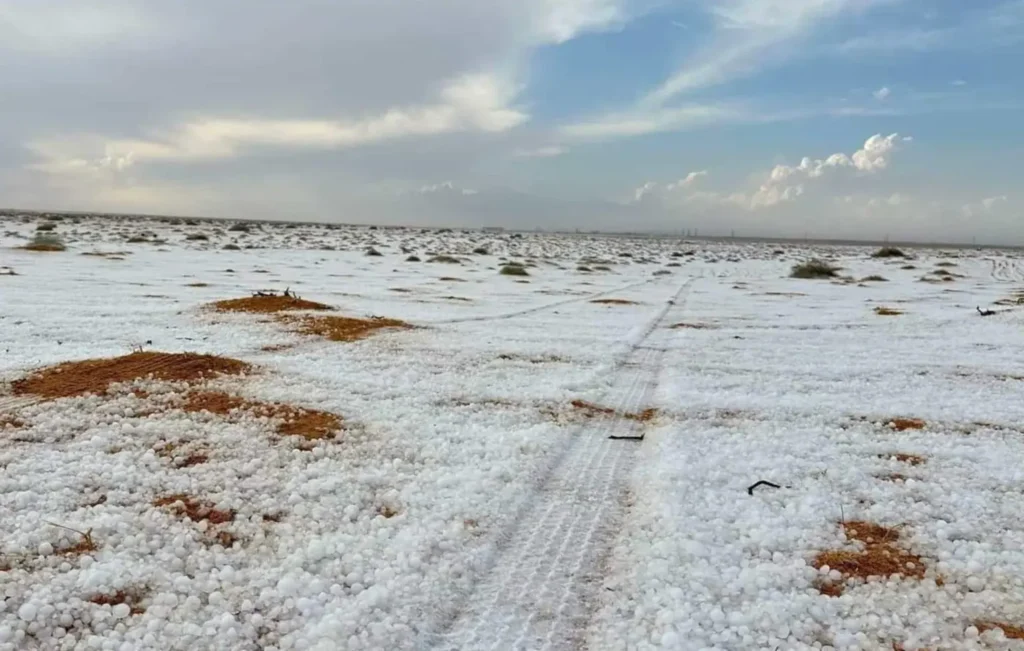
The Science of Snow in the Desert
Snowfall in deserts is rare but not unprecedented. The Sahara Desert, for instance, has experienced snow on a handful of occasions over the last few decades. However, the snowfall in Saudi Arabia’s Al-Jawf region is unique for several reasons:
- Temperature Extremes: The region typically experiences summer temperatures exceeding 50°C (122°F). For snow to form, temperatures must drop to freezing (0°C or lower) and there must be moisture in the air—a rare combination in such arid zones.
- Role of Weather Systems: This event was triggered by a low-pressure weather system that brought cooler, moist air into the region. The sudden convergence of cold air masses with moisture created the ideal conditions for snow to form.
- Scientific fact: Snow requires three ingredients, cold air, moisture, and a conducive atmosphere. Deserts like Al-Jawf usually lack the second element, making such events extraordinary.
Did You Know?
- The Sahara Desert, the world’s largest hot desert, experienced its heaviest snowfall in 2018, when up to 40 cm (15 inches) of snow blanketed the dunes near Ain Sefra.
- Saudi Arabia’s snowfall in 2024 coincided with heavy rains and hailstorms across the region, disrupting travel and infrastructure.
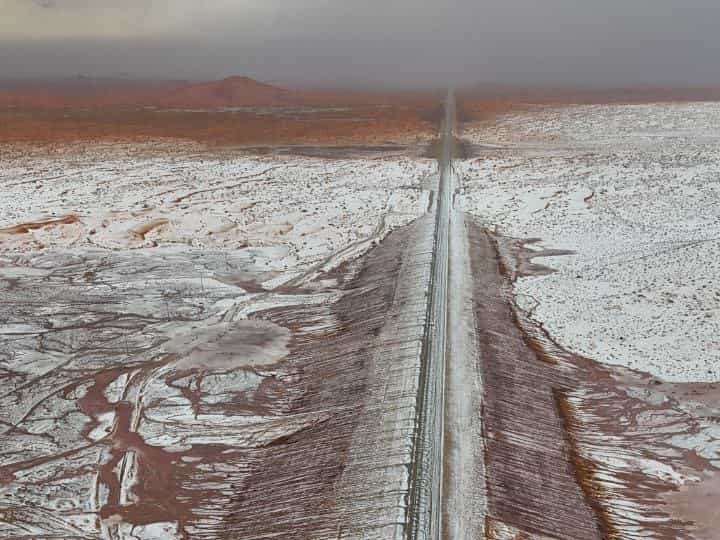
What Does This Mean for Climate Patterns?
Snow in deserts might seem like a pleasant surprise, but it could be a symptom of deeper issues:
- Increasing Weather Extremes: Climate change is leading to more erratic weather patterns, including unexpected cold snaps and heatwaves. According to the IPCC, such extremes are becoming more frequent and intense due to global warming.
- Shifting Jet Streams: Changes in atmospheric circulation patterns, including the jet streams that influence weather globally, are causing unusual events like snowfall in traditionally hot regions.
- Global Warming Paradox: While snowfall might seem like a sign of cooling, it’s part of a broader trend of destabilized climate systems. Rising average global temperatures can paradoxically lead to localized cooling in some regions due to disrupted airflows.
Fact Check
- According to NASA, Earth’s average surface temperature has risen by 1.2°C (2.2°F) since the late 19th century, largely due to human activities.
- Extreme weather events have increased by 30% since 2000, affecting regions across the globe in unprecedented ways.
Lessons from Nature: What This Snowfall Teaches Us
1. Nature is Unpredictable, But Not Without Cause
The Al-Jawf snowfall reminds us that nature is full of surprises. While these events may appear random, they often have clear scientific explanations rooted in climate systems. Observing such phenomena can help us better understand the delicate balance of Earth’s ecosystems.
2. Climate Change Knows No Boundaries
From tropical rainforests to arid deserts, no region is immune to the impacts of climate change. Events like these highlight the interconnectedness of Earth’s systems and the need for a global approach to mitigation and adaptation.
3. Small Changes Have Big Impacts
Even a slight shift in temperature or moisture levels can lead to dramatic changes in weather patterns. This underscores the importance of reducing greenhouse gas emissions to stabilize the climate.
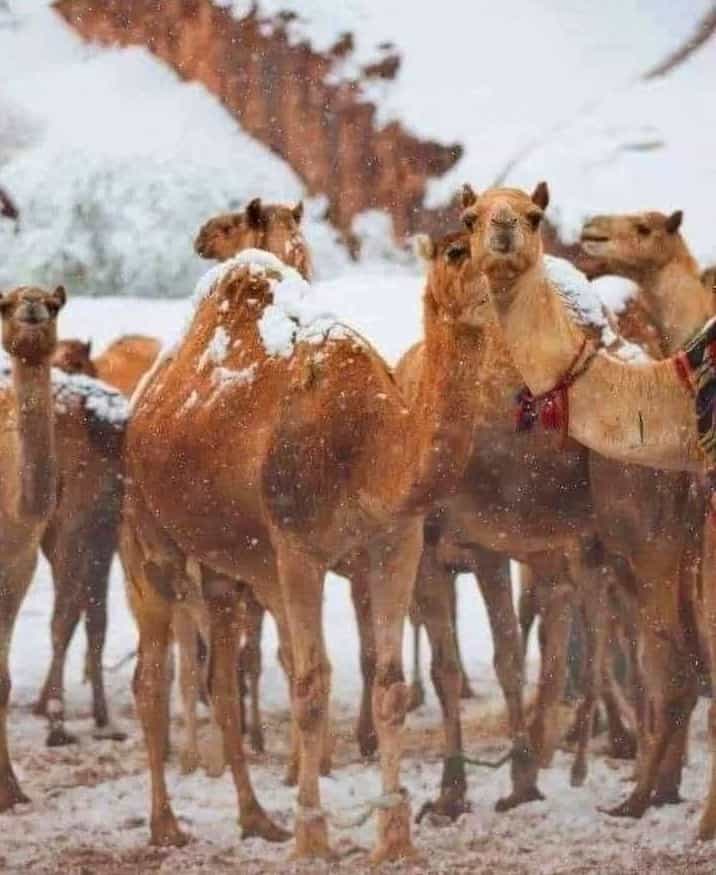
The Call to Action: Protecting Our Planet
Saudi Arabia’s snowfall is a wake-up call for humanity. Here’s how we can act:
- Observe and Learn from Nature
Pay attention to unusual weather events and their implications. They are not just curiosities but valuable data points in understanding climate change. - Embrace Renewable Energy
Saudi Arabia itself has taken significant steps toward renewable energy, investing in solar and wind power. Scaling these efforts globally can reduce our dependence on fossil fuels. - Promote Sustainable Living
Small actions, like conserving water and energy, adopting sustainable transport, and reducing waste, can collectively make a big difference.
Numbers That Matter
- The UN projects that global temperatures could rise by 2.7°C by 2100 if current trends continue.
- Transitioning to renewable energy could reduce global CO₂ emissions by 70% by 2050, according to the IRENA.
Here is the important part of this blog as our mother nature demands its conservation for the upcoming generations as best as ever.
To address climate change effectively, individuals can start right at home with small but impactful steps that ripple outward to benefit the entire planet. Begin by conserving energy, switch to LED lighting, unplug devices when not in use, and install energy-efficient appliances. Reduce waste by embracing recycling, composting, and minimizing single-use plastics. Shift to greener transport methods like walking, cycling, or using electric vehicles. Support renewable energy by investing in green energy programs or advocating for solar panel installations in your community.
On a broader scale, participate in community tree-planting drives or restoration projects to offset carbon footprints. Educate others about climate change and advocate for policies that promote renewable energy and sustainability. By combining individual efforts with community action, everyone can contribute to a healthier, more resilient planet.
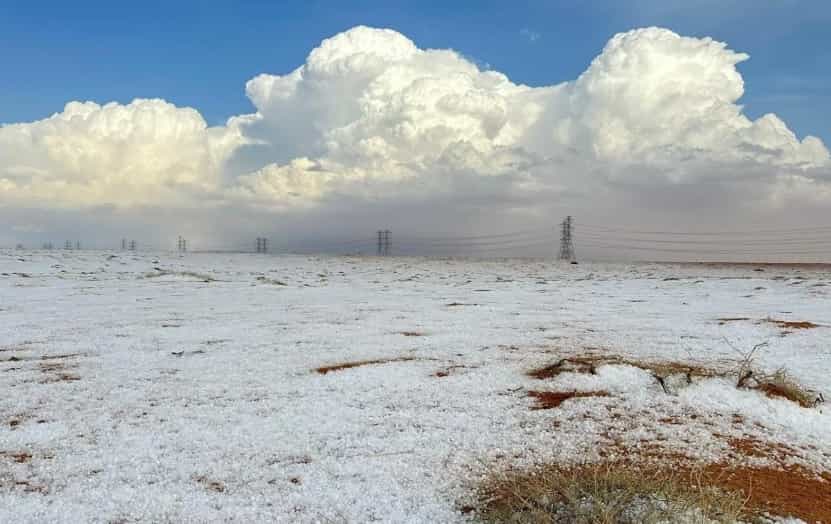
What is the Good News?
Despite the challenges of climate change, there is room for optimism:
- Global Efforts Intensify: International initiatives like the Paris Agreement aim to curb global warming by uniting countries to reduce emissions.
- Technological Innovations: Advancements in renewable energy, carbon capture, and climate-smart agriculture provide new tools to combat climate change.
- Saudi Arabia’s Green Initiatives: The Kingdom has launched ambitious projects like the Saudi Green Initiative and Neom’s sustainable city, signaling a commitment to environmental stewardship.
Fact: According to IRENA, the global adoption of renewable energy could create 42 million jobs by 2050, fostering economic growth while addressing climate concerns.
Protecting nature can significantly mitigate climate change. Forests, for instance, absorb about 2.6 billion metric tons of carbon dioxide annually, serving as critical carbon sinks. Similarly, wetlands and oceans regulate temperatures and store vast amounts of greenhouse gases. Yet, we lose approximately 10 million hectares of forest every year, an area roughly the size of Iceland.
Investing in conservation is both an environmental and economic imperative. Studies indicate that every dollar spent on ecosystem restoration yields up to $9 in economic benefits, from improved air quality to disaster risk reduction. Moreover, preserving nature ensures food and water security, stabilizes weather patterns, and prevents zoonotic diseases like COVID-19, which are linked to ecosystem disruption.
A Message of Hope and Responsibility
The image of snow-covered deserts is both beautiful and sobering. It reminds us of the incredible complexity of our planet and the urgent need to protect it. By observing nature, understanding its signals, and taking collective action, we can work toward a future where such phenomena are less about extremes and more about balance.
Let this snowfall serve as a call to action: to appreciate the wonders of our world while committing to its care. Because every snowflake that falls in the desert is a reminder that the clock is ticking on our shared responsibility for this planet.

